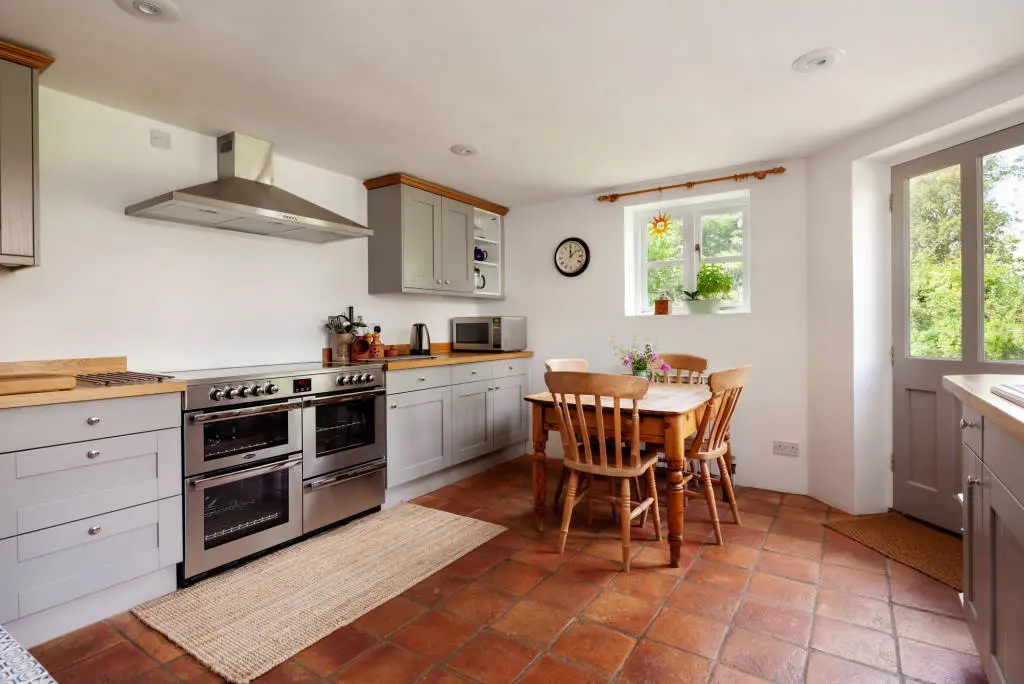
How We Make Our Furniture
Furniture making is an art that requires skill, creativity, and precision. Our furniture is made by highly skilled artisans who have years of experience in the furniture industry. We use the best quality materials and tools to ensure that our furniture is of the highest quality.
Design
Our team of experienced designers collaborates closely with our clients to create designs that meet their unique needs and preferences. We take into account factors such as the style, functionality, and dimensions of the furniture to ensure that the final product aligns with the client’s vision.
To bring the designs to life, we utilize the latest design software to create 3D models of the furniture. This technology allows our clients to visualize the finished product and make any necessary changes before the manufacturing process begins. The 3D models also help our artisans to understand the design’s intricacies and details, ensuring that the final product is of the highest quality.
Material Selection
After the design phase, the next crucial step in making furniture is material selection. At our company, we understand that the materials used in furniture making greatly affect the final product’s durability, quality, and aesthetics. Therefore, we carefully choose our materials to ensure that our clients receive furniture that not only looks beautiful but also lasts for many years.
We use a variety of materials, including solid wood, engineered wood, metal, and glass, to make our furniture. The selection of materials largely depends on the design and functionality of the furniture, as well as our clients’ preferences. For example, solid wood is an excellent choice for furniture pieces that require durability and sturdiness, such as tables and chairs. Engineered wood, on the other hand, is a great alternative to solid wood as it offers similar durability at a more affordable cost. For furniture pieces that require a modern and sleek appearance, metal and glass are great options.
To ensure the quality of our materials, we source them from trusted suppliers who provide us with the best quality materials available. We carefully inspect each piece of material before using it in our furniture-making process to ensure that it meets our high standards. We believe that using high-quality materials not only ensures that our clients receive furniture that looks and feels great but also promotes sustainability by reducing the need for frequent replacements.
Cutting and Shaping
Once we have selected the materials, the next critical step in our furniture-making process is cutting and shaping. We utilize modern cutting and shaping equipment, such as saws, drills, and routers, to shape the materials precisely according to the design. This process requires precision and accuracy as even a small mistake can impact the final product’s quality and aesthetics.
Our skilled artisans carefully measure and mark each piece of material to ensure that it is cut precisely to the required size and shape. They then use the appropriate cutting tool to shape the material, removing any excess or unwanted parts. This process can be time-consuming and requires a great deal of skill and attention to detail.
Once the material has been cut to the desired shape, our artisans use sanding tools to smooth the edges and surfaces, ensuring that the finished product is smooth to the touch and visually appealing. This step is crucial, as it not only improves the appearance of the furniture but also prevents any potential injuries or accidents caused by rough or sharp edges.
Our team of skilled artisans is highly trained and experienced in using modern equipment to ensure that each piece of material is cut and shaped perfectly. This attention to detail ensures that our clients receive furniture that is not only beautiful but also durable and safe to use.
Joinery
After the cutting and shaping process, the next crucial step in our furniture-making process is joinery. This step involves joining various pieces of materials together to create the final product. We use different joining techniques, such as mortise and tenon, dovetail, and biscuit joinery, depending on the design and materials used. Each technique provides unique benefits, and our skilled artisans carefully select the appropriate technique for each project.
Mortise and tenon joinery involve creating a socket (mortise) in one piece of material and a protruding tongue (tenon) on another. The tenon is then inserted into the mortise, creating a strong and durable joint. This technique is commonly used in wooden furniture and is known for its strength and longevity.
Dovetail joinery is another popular technique that involves creating a series of interlocking teeth in the material’s edges. These teeth are then carefully fitted together, creating a strong and visually appealing joint. This technique is commonly used in wooden drawers and cabinets and is known for its durability and aesthetic appeal.
Biscuit joinery involves creating a shallow hole in the material and inserting a small, oval-shaped piece of wood (biscuit) into the hole. This biscuit is then coated with glue and inserted into a corresponding hole in the second piece of material, creating a strong and durable joint. This technique is commonly used in engineered wood furniture and is known for its simplicity and ease of use.
Sanding and Finishing
Once the joinery is complete, the furniture goes through a sanding process to remove any rough edges or surfaces. Sanding not only helps to create a smooth and even surface but also prepares the furniture for the finishing process. At our company, we use modern sanding equipment and techniques to ensure the highest level of precision and quality.
After the sanding process, the furniture is ready for the finishing stage. Finishing is a critical step in the furniture-making process, as it not only enhances the furniture’s appearance but also provides protection against wear and tear. We offer a variety of finishing techniques to suit our clients’ preferences and the furniture design, such as staining, painting, and varnishing.
Staining involves applying a thin layer of color to the wood, enhancing its natural grain and adding depth and richness to its appearance. Painting, on the other hand, offers a wider range of color options and can be used to create a variety of finishes, from glossy to matte. Varnishing is a clear finish that offers excellent protection against scratches and other wear and tear, while also enhancing the wood’s natural beauty.
Quality Control
The final step in making furniture is quality control. This step is crucial in ensuring that the finished product meets the highest standards of quality and craftsmanship. At our company, we have a strict quality control process in place to ensure that every piece of furniture we produce is of the highest quality.
During the quality control process, each piece of furniture is thoroughly inspected for any defects or imperfections. Our quality control team checks every aspect of the furniture, including the joinery, sanding, and finishing, where applicable. Any defects found are immediately rectified, ensuring that our clients receive only the best quality products.
We take great pride in our commitment to quality, and our rigorous quality control process reflects this commitment. Our goal is to ensure that every piece of furniture we produce meets or exceeds our clients’ expectations and lasts for many years to come.
Making furniture is a complex process that requires skill, precision, and attention to detail. From the initial design phase to the final quality control inspection, we strive to provide our clients with the best quality furniture possible.
JS DECO has been awarded a number of certificates and awards which confirm the quality of our product and services.







Are you ready to start your project? Ask for a free consultation and arrange a visit to our furniture workshop – studio!
